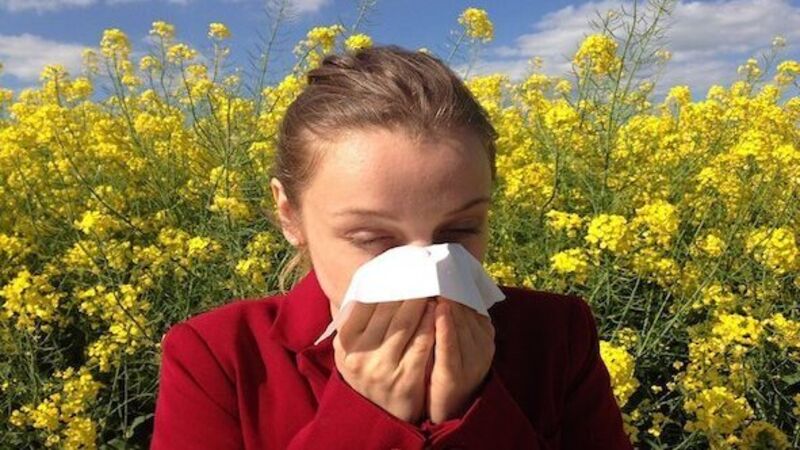Appliance of Science: Is seasonal allergy on the increase?

I thankfully don’t suffer from any seasonal allergy, but I know a lot of people who do and I have noticed them mention that the problem is getting worse and lasting longer each year. Is this simply their reaction to yet another year with these highly irritating symptoms or is seasonal allergy really on the increase?
Seasonal allergy, often referred to as hay fever, is triggered by a number of possible agents, but the most common is pollen. Plants produce these coloured, powdery grains in abundance each year as part of their reproductive cycle. Usually starting in the Spring, many plants use wind to help disperse their pollen, which means the air is often full of them for a number of months each year.
Our immune system is usually very good at fighting off harmful, invading bodies, keeping us safe and healthy; but sometimes this can go a bit awry and the immune system will start to attack harmless agents too, like pollen. The body’s defence mechanisms are activated, mounting a rapid (and unnecessary) immune response.
While the symptoms of seasonal allergy are very uncomfortable for the sufferer, they are not usually life threatening. They include swollen or irritated sinuses and airways, itchy eyes, a runny nose and prolonged periods of sneezing or coughing. For others though, a seasonal allergy can trigger more threatening conditions, especially in those with respiratory illnesses.
Studies across the globe has shown that seasonal allergies are indeed on the rise. There are a number of factors that may contribute to this but chief among them is climate change; it is associated with an increase in pollen levels.
Firstly, there is temperature. It is one of the triggers of pollination. Usually, an increase in soil and air temperature will cause the plant to start producing pollen. As the average global temperature increases it changes how and when pollination is triggered.
In some instances the pollen season starts earlier and lasts longer but there are other areas where pollen season actually starts later but still wreaks havoc. One reason for this is that milder winters cause less of an obvious temperature difference between Winter and Spring, so some plant types will pollinate later than they would have in previous years. This can result in more plants pollinating at the same time, so people are still being exposed to large amounts of pollen.
Global temperature changes also affect weather patterns. New research shows that altered winds can expose people to pollen produced 100’s of kilometres away. These winds can also carry pollen for longer distances, exposing people to pollen from plant species they may never have been exposed to before.
Of course, climate change is also linked with higher levels of carbon dioxide in our atmosphere and this too has an effect on the timing and process of pollination. Increased levels of carbon dioxide boost photosynthesis, the energy producing pathway of plants. This leads to more plant growth and more plants. More plants means more pollen.
Higher levels of carbon dioxide can also make the pollen produced by certain plants more likely to cause an allergic reaction in people that are sensitive to it. Ragweed, a common trigger of seasonal allergy, is making pollen with more of a protein called Amb a 1, the substance in their pollen that causes the allergic reaction.
Read More

Celebrating 25 years of health and wellbeing








